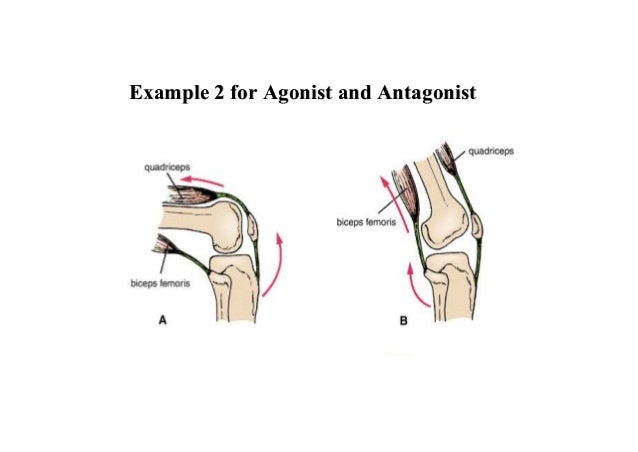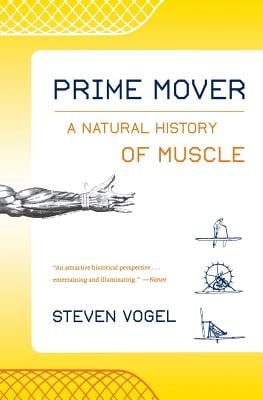

Ant agonist muscles resist movement around a joint, working in tandem with agonists. The second basic function of a muscle in single-joint movements is to oppose the agonist muscle, creating stability. If the weight is too heavy to move, then when you attempt to flex your elbow, the biceps muscles will contract but may remain the same length, in which case they are agonists acting isometrically. If you lower the weight slowly back toward the floor, the same muscles resist the weight, lengthening as they do so. When you curl the weight in your hand toward your shoulder, the biceps brachii contracts and shortens. Agonists muscles can act concentrically (shortening), eccentrically (lengthening), or isometrically (staying the same length). The biceps brachii and the brachialis are the agonists for that movement. If you want to perform a bicep curl, for example, your goal is to flex your elbow, bringing your hand closer to your shoulder. As agonists (sometimes called the prime movers), muscles attempt to accomplish some goal. How Muscles Workĭuring voluntary single-joint movements, skeletal muscles have two basic functions.

So, we can train for innumerable expressions of strength using only a few lifts. They contract, pulling at attachments to the skeletal system to arrange or move the body. We can produce widely applicable benefits with just a handful of movements because muscles only have one job. The barbell allows for progressive, incremental loading of these basic movements, making us stronger for the things we do every day. Your everyday activities involve some combination of bending, bracing, grasping, carrying, sitting, standing, and holding yourself erect against external forces-various joints acting together to produce coordinated movement. Squatting, pressing, bench pressing, and deadlifting involve most of the body’s muscles, used in their primary functions. The core lifts-or what we sometimes call the big barbell lifts-are basic human movements. For the deadlift, the muscles worked are nearly tip to tail, making it one of the best lifts for building raw, functional strength. Performed and used correctly, these lifts will make you stronger while leaving few holes in your muscular development. Yet, somehow, when we distill all those factors down, we end up with four core lifts: the squat, the press, the bench press, and the deadlift. Anatomy, physiology, biomechanics, not to mention issues of economy and the efficient use of one’s time, there are a host of factors that influence the shape and structure of a barbell-based strength program. With 206 bones, articulating at six types of freely moveable joints, and around 640 skeletal muscles in the human body, one could be forgiven for thinking that strength training is anything but simple. Movement is one of the most distinctive and easily observed “characteristics of life.By: Nick Soleyn, Editor in Chief and BLOC Staff Coach Our subject for now, then, is the large mass of skeletal muscle that moves the framework of the body: the muscular system. However, bones and joints cannot move themselves. We have investigated the architectural plan of the skeleton and have seen how its firm supports and joint structures make movement possible. Whereas many different systems of the body have some role in accomplishing movement, it is the skeletal and muscular systems acting together that actually produce most body movements. Such stability often requires movement of the body. S urvival depends on the ability to maintain a relatively constant internal environment. The Big Picture: Skeletal Muscles and the Whole Body, 342

Muscles That Move the Ankle and Foot, 340 Muscles That Move the Wrist, Hand, and Fingers, 329 Muscles Acting on the Shoulder Girdle, 322

#Prime mover muscle how to
Hints on How to Deduce Muscle Actions, 311 Scan this outline before you begin to read the chapter, as a preview of how the concepts are organized.


 0 kommentar(er)
0 kommentar(er)
